After getting in touch with the locals, I arrived in Dali last night. This time I came to Dali mainly to study two ethnic cultures of Dali – tie-dyeing and Dali Bai’s traditional ethnic clothing. So I will attend a workshop on tie-dyeing and interact with the locals in the Dali Ancient Town in the next few days.
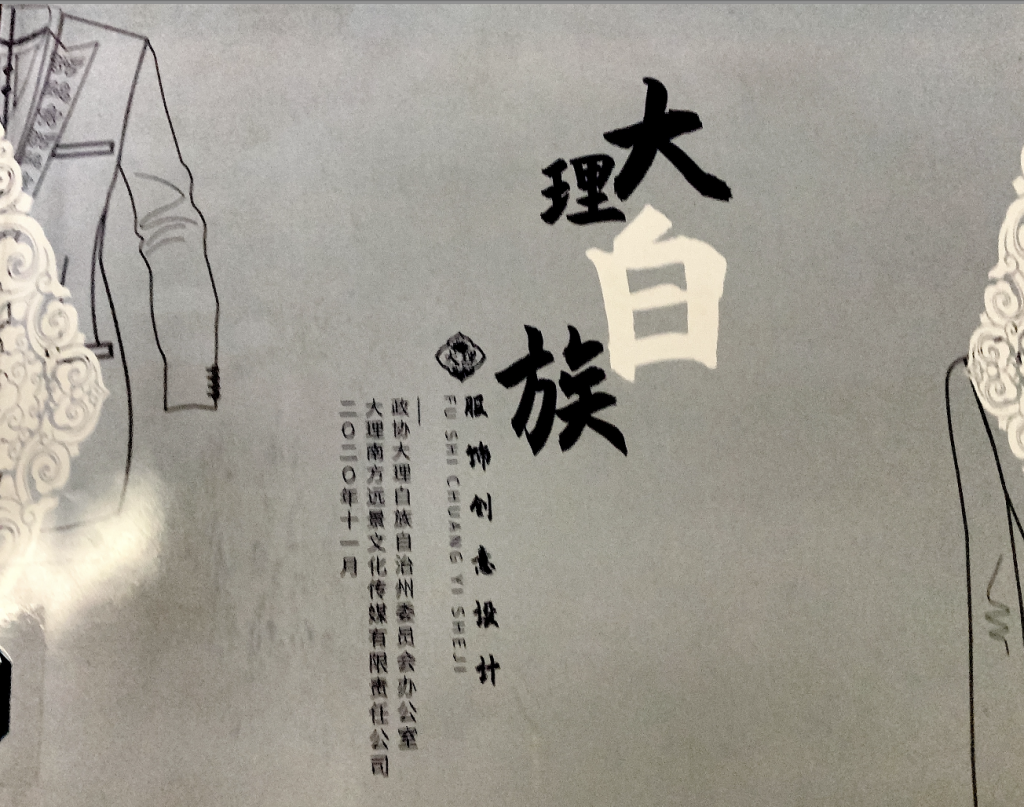
This morning I went to the Dali City Museum to investigate the traditional ethnic costumes of the Bai people in Dali. I got a lot of knowledge from a book called “Creative Design of Dali Bai Costumes”.
In order to further promote national culture and advance the creative and innovative design of Bai costumes, Dali CPPCC (Chinese People’s Political Consultative Conference) organized and implemented the “Dali Bai Costume Design and Sample Production” project from March 2019 to October 2020, and conducted a special investigation on the inheritance and innovation of Bai costumes in Dali. And made a lot of explorations and attempts on the creative improvement of Bai costumes.
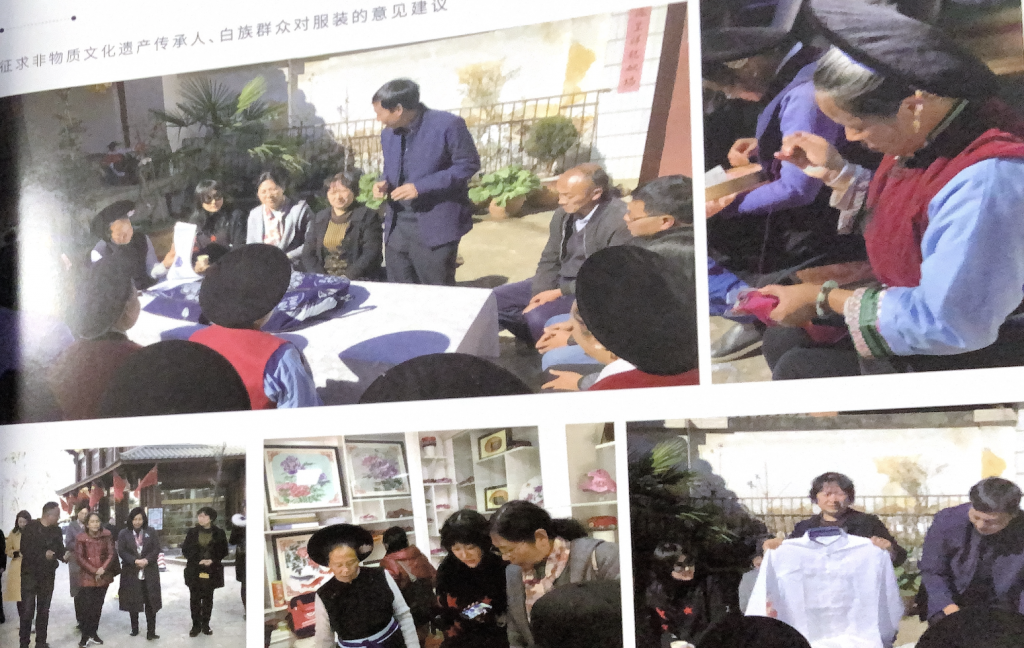
There is a page in the book that makes me feel that Dali’s culture is deeply loved and respected by the people. Before exploring and innovating Bai ethnic costumes, the government will seek opinions from the inheritors of intangible cultural heritage and the people of the Bai ethnic group, and only after obtaining the consent of these parties can it be improved. This is undoubtedly the best protection of Bai culture. It is not only a tradition, but also a spiritual inheritance, and it is people’s recognition and respect for their roots and identities.
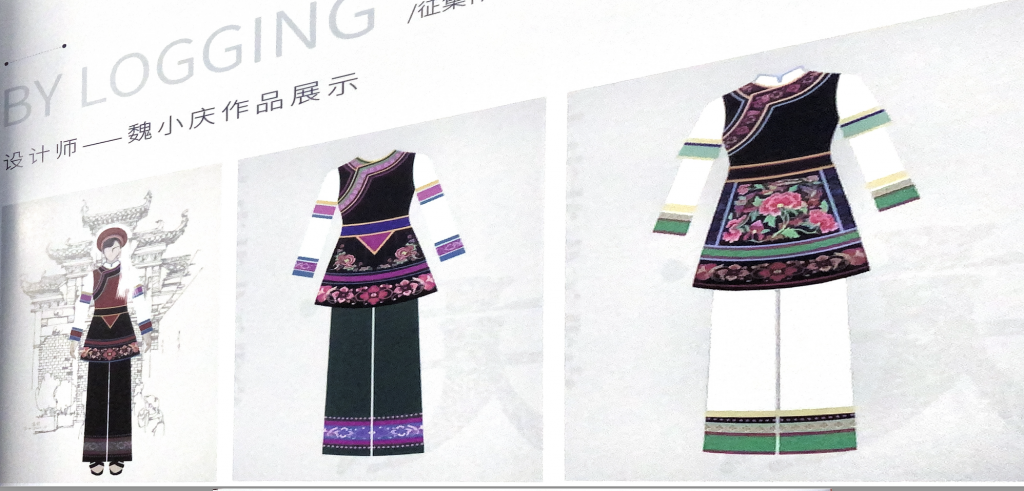
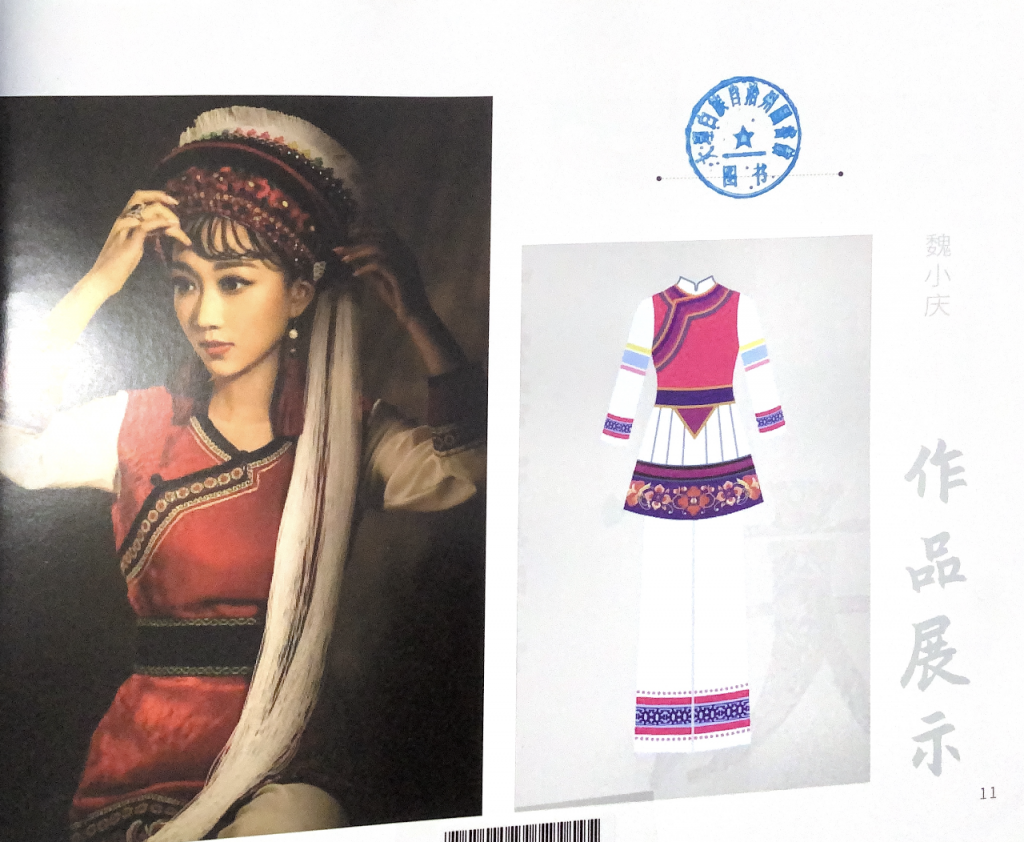
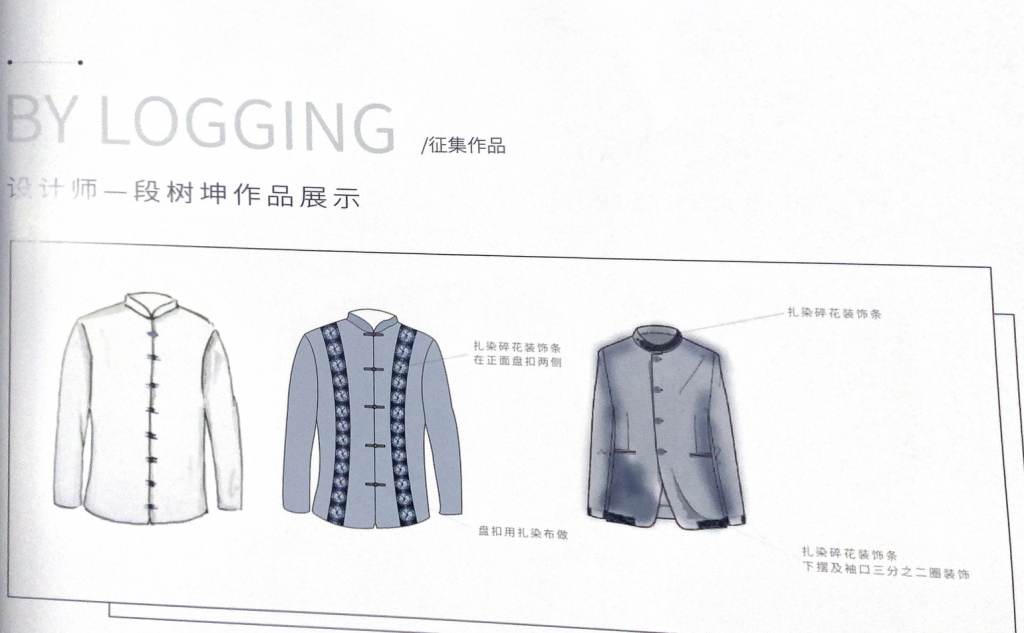
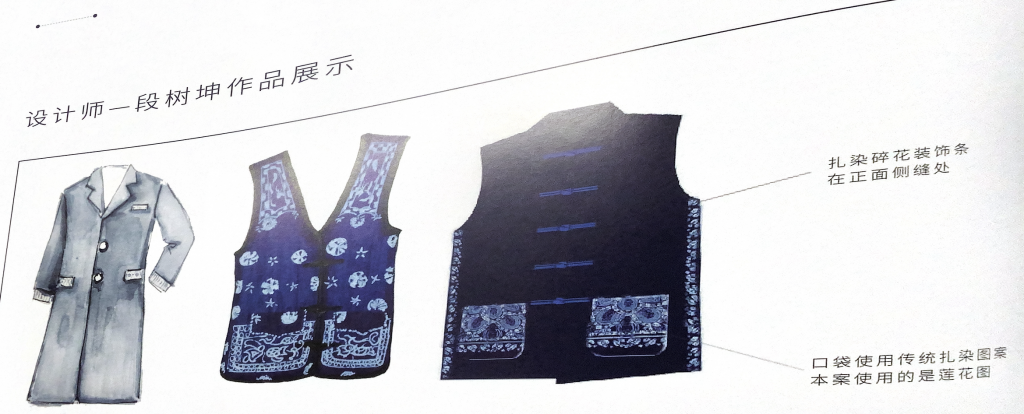
Women’s tops are often long robes or gowns embroidered with various floral and fruit patterns. The design of Bai women’s clothing focuses on the characteristics of the neckline, showing the hardworking characteristics of Dali Bai women. The bottoms are long skirts, often made of silk or cotton, with bright colors, showing the elegance and grace of women.
Men’s tops are usually long robes or shirts, which are loose and comfortable. The colors are mostly solid or dark, reflecting the simplicity and steadiness of the Bai people in Dali. The bottoms are mostly loose trousers or long skirts, which are comfortable. The most distinctive feature is that they wear white or black headscarves, which are sometimes decorated with lace or embroidery.
———————————————————————————

Arrived at Dali Ancient Town in the afternoon. According to my observation, many local Bai women still wear ethnic costumes, but local Bai men do not wear ethnic costumes. Instead, they wear another intangible cultural heritage of Dali – tie-dyeing.
I am particularly interested in the local headdresses, so I asked a Bai grandmother about some knowledge about headdresses. She told me that their headdresses have deeper meanings in addition to their characteristics. For example, unmarried women will wear longer hair accessories, simple or fresh hairpins, less complicated decorations, and more natural and simple style. But married women will wear shorter hair accessories with more exquisite hairpins, which may be inlaid with gems or other decorations, showing a mature and stable style.


———————————————————————————
While the Dali government is actively promoting cultural appreciation, I also felt that the ethnic culture of the Bai people in Dali is suffering from “destruction” during this observation.
As a famous tourist city in China, many people come here to experience the most authentic local customs and practices. In the ancient city of Dali, there are countless trip shooting shops on a street to attract tourists. What surprised me and made me feel uncomfortable was that many of the clothes rented and shot by these shops were not Bai people’s clothes. In their brochures, I even found many mixed-race clothing sets of various ethnic groups. They even do dreadlocks for customers. The full name of Dali is Dali Bai Autonomous Prefecture. Although there are many ethnic minorities in the area, the Bai people are the main ethnic minority population (a detailed analysis of the Dali area was conducted in the previous blog). Before going to Dali, I didn’t know that Dali has become so “commercialized” now, because this phenomenon did not exist in Dali a few years ago. In order to make money, businesses are using a method of cultural appropriation to “provoke” Dali’s ethnic culture.
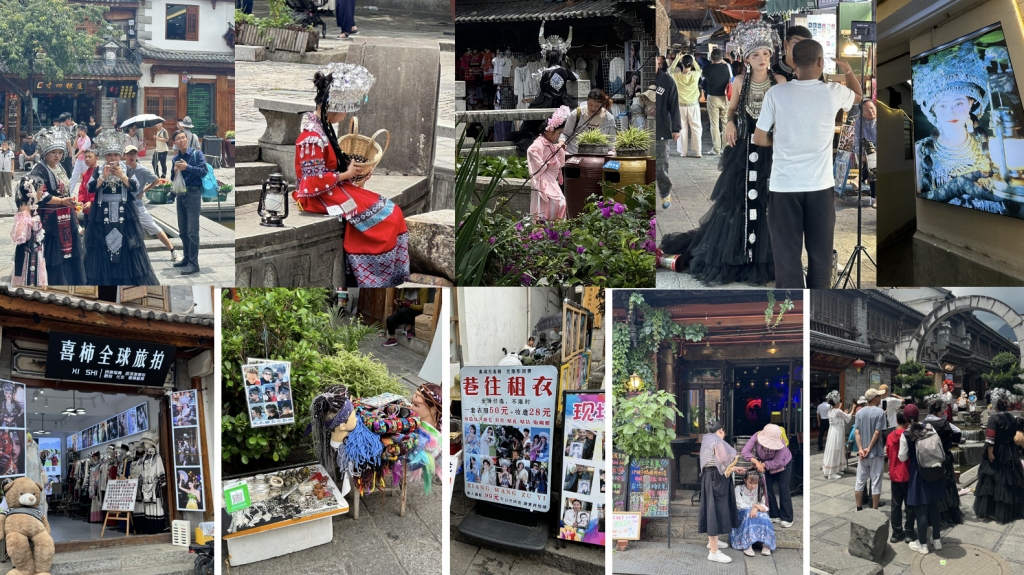
I randomly asked a few tourists who didn’t want to be photographed a question, “Do you think it’s appropriate to wear clothes of other ethnic groups and travel shooting in the atmosphere of the Bai people in Dali?” Each of their answers was very similar, and the general content was: –
- “I came out to travel to experience the atmosphere of Yunnan’s ethnic minorities. I think it’s fine if they take good pictures of me, and I don’t need to care so much.”
- “Isn’t it to take pictures of ethnic costumes in Dali? Who cares so much?
THIS REALLY SURPRISED ME! And When I checked social media for relevant information, I found that there were many people doing the same thing.
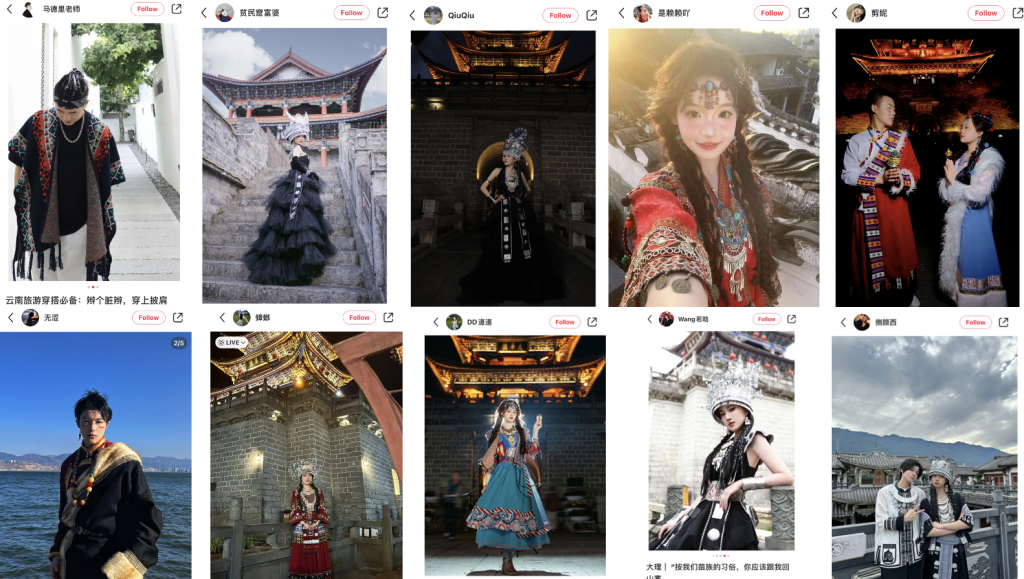
I think this is extremely disrespectful to Dali’s ethnic culture, and it has strengthened my determination to convey cultural appreciation.Will people still think of Dali as the Bai Autonomous Prefecture in a few years? This kind of localized publicity for Dali will eventually affect the Bai culture in Dali, and I think it should be resisted.